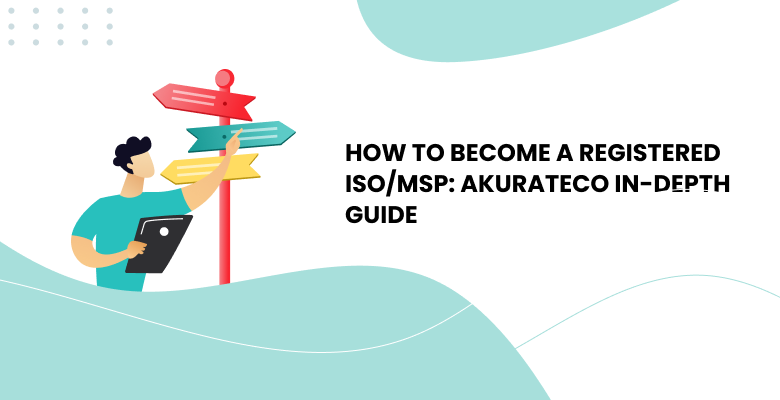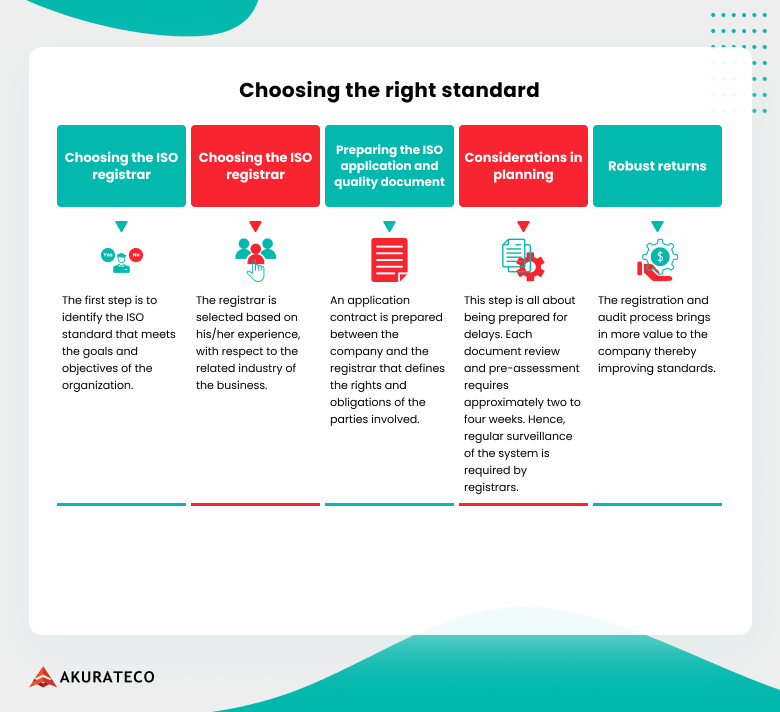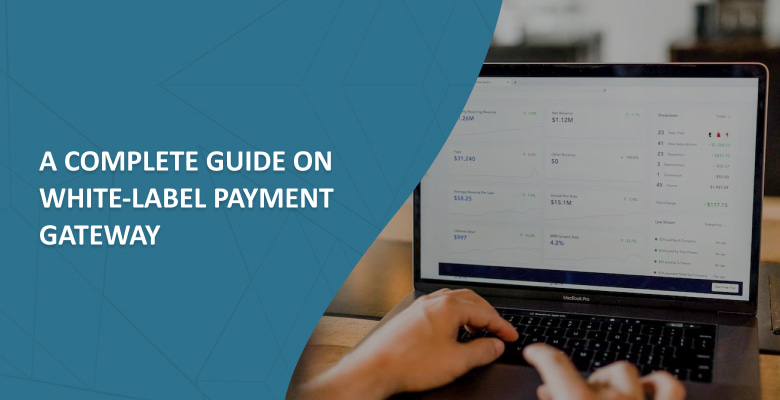
Many entrepreneurs who enter the online payments industry wonder how to become a registered ISO/MSP. It comes as no surprise, given that an increasing number of merchants are launching their businesses online. They require reliable partners to facilitate seamless connections with banks and other major digital payments industry players. As the services provided by ISO and MSP align perfectly with merchants’ needs, demand for them has never been greater.
If you’re wondering how to become an ISO for merchant services or even how to become an ISO for credit card processing, you’re not alone. In this article, we’ll dive deep into what is ISO/MSP, outline the step-by-step process of becoming a registered ISO/MSP and explore how they can stand out in the crowded online payments market.
ISO/MSP: meaning and differences
Although they are different terms, ISO MSP meaning commonly refers to a company or entity that acts as an intermediary between merchants and financial institutions, facilitating their interaction.
The distinction between the terms ISO and MSP can be attributed to their origins, as they were initially differentiated based on their affiliation with either Visa or MasterCard. ISO stands for Independent Sales Organization, a term used by Visa to refer to its partnering entities. Alternatively, MSP stands for Merchant Services Provider, a term leveraged by Mastercard to describe their partner organizations.
Over time, merchant services ISO and MSP became more widely recognized and expanded their scope beyond collaboration with a particular card network. Currently, they collaborate and work with multiple financial institutions and payment providers. Also, ISO/ MSP have expanded their range of services beyond facilitating connections between merchants and acquiring banks. They now provide valuable value-added services making their offerings more robust and tailored to the specific needs of businesses.
How to get started with ISO/MSP?
Entrepreneurs wondering how to become a registered ISO/MSP often ask for detailed instructions on the process. Below is a step-by-step guide on how to become a registered ISO or MSP.
Launch your ISO/MSP business
This step may appear obvious for entrepreneurs wondering how to become an iso msp, this step may appear obvious. But it marks the exact starting point of your journey toward becoming a registered ISO/MSP. Besides, registering your own ISO merchant processing company requires a lot of additional steps like deciding on your business structure, choosing your brand’s name, registering it with the appropriate government authority according to your country’s laws, and obtaining necessary licenses and permits that may vary depending on your location and the services you plan to offer. Yet, it extends beyond that. At this stage, you also need to obtain a federal tax identification number for tax reporting, open a business bank account, and, optionally, business insurance, such as liability insurance, to protect your ISO/MSP from potential risks.
Create a business plan
To be able to look for partners for your ISO MSP, you need to develop a comprehensive business plan. It requires careful analysis, strategic planning, and outlining your company’s goals and objectives to present your business to potential partners as solid, trustworthy, and risk-free. Developing a business plan for ISO/MSP involves researching market trends, target market segments, competitors, and growth opportunities. Also, you need to clearly outline the range of services your ISO/MSP will provide to merchants, such as payment software, value-added services, and customer support. Your marketing and sales approach, which describes how you plan to attract, acquire, and retain merchants, is also essential.
As a final step, your business plan should include detailed financial projections like revenue forecasts, required expenses, and profit margins. It must also provide a timeline for scaling your ISO/MSP business, outlining key milestones and objectives. Additionally, you need to describe the risk mitigation strategies you will implement regarding potential risks and challenges your ISO MSP may face.
Overall, the ultimate aim of your business plan is to provide a detailed roadmap for your business’s success. It will help potential partners ensure you are on track to reach your goals.
Establish a partnership with a bank or payment processor
When you’re done with the initial steps of becoming a registered ISO MSP, the next crucial step is to secure a partnership with a reputable bank or payment processor to act as your sponsor. It is always possible to expand your partnerships list later on. However, to begin ISO/MSP operations, securing a partnership with a Visa or Mastercard association member is essential.
To initiate a partnership with a bank or payment processor, you must present a compelling case highlighting the shared benefits of their collaboration with your newly established ISO/MSP. This case should demonstrate how your ISO MSP can add value to their operations and contribute to their growth.
Prepare your business information
If you are seeking a first-time partnership with a bank or payment processor, be prepared to undergo a thorough due diligence process. To facilitate this process, you should prepare all the necessary business information and documentation, including financial statements, legal documentation, business plans, and any relevant licenses or permits.
Submit an application form to Visa or Mastercard
Once due diligence is successfully completed, you can apply to become a registered ISO or MSP. The application process may be facilitated by your sponsor, who will forward the required documentation to Visa or Mastercard on your behalf. Also, they can provide valuable assistance and guidance throughout the registration process, making it more efficient and ensuring that all required information is accurately provided.
But, while having a reputable sponsor can be beneficial, it’s crucial to remember that the person with the utmost interest and responsibility in ensuring a successful registration process is you. As the ISO/MSP owner, you must actively participate, provide accurate information, and closely collaborate with your sponsor and the card network to meet all the requirements.
Go through the registration process
Registration is undoubtedly a challenging, time-consuming, and sometimes frustrating process encompassing multiple intricate steps. Nevertheless, the rewards for properly completing the registration are substantial. The process involves thorough application review, due diligence, and underwriting by Visa or Mastercard, followed by compliance verification and integration into the card network’s infrastructure.
Following the successful completion of all checks and verifications, you will sign an agreement and contract with Visa or Mastercard. This crucial document outlines the terms and conditions of your partnership with the card network, solidifying your status as a recognized and authorized ISO/MSP partner.

Obtain training and certifications
The next step is achieving certifications and training for your ISO/MSP to ensure that your entity fully understands and complies with the specific rules, regulations, and procedures outlined by the card network. This entails certification programs that cover various aspects of payment processing, security protocols, industry standards, and compliance requirements.
Card networks offer certification programs to equip ISOs and MSPs with the necessary knowledge and skills to operate within their ecosystem. Training also ensures that your ISO/MSP fully understands the specific rules and procedures your company must adhere to when processing transactions and providing MSP or ISO merchant services. Additionally, training programs often include modules on fraud prevention and risk management. These modules will equip you with the knowledge and tools to identify and mitigate potential fraud risks, safeguarding the payment ecosystem and protecting merchants from fraudulent transactions.
Another crucial aspect of certification is Payment Card Industry Data Security Standard (PCI DSS) compliance. Lastly, as the payment industry is continuously evolving, card networks may require your ISO MSP to participate in ongoing education and training to ensure you are informed about changes in rules, security protocols, and emerging trends.
Launch your business
Finally, after successfully completing the registration process and meeting all the requirements, your ISO/MSP will become a registered partner of Visa or Mastercard. After that, you can launch your business and offer merchant services as a registered ISO/MSP. Yet, modern ISOs/MSPs should strive to transcend their role as mere intermediaries in the rapidly expanding and highly competitive digital payments market. To truly stand out, you can position yourself as a trusted partner that actively contributes to the growth and success of your merchant clients by offering them services that add value to their business.
Why choose ISO MSP?
There are many financial technologies that ISO/MSP can offer their merchants to enable them to optimize payment flow, increase revenue and save on processing costs. Among these technologies are:
- Intelligent routing
- Payments cascading
- Built-in payment analytics
- Tokenization
- Payment fraud prevention
- Smart billing
and many others.
While implementing and integrating such technologies into a single system can be costly and time-consuming for ISO/MSP, there is a viable solution. ISO MSP can leverage a cutting-edge white-label payment gateway – a ready-to-use, brandable payment system with advanced technologies for efficient payment processing. By opting for a white-label solution, ISO/MSP can save valuable time and resources, as the payment system comes pre-built and ready for immediate deployment. This empowers ISOs and MSPs to offer their merchant clients a comprehensive suite of services without the burden of developing and maintaining the technology infrastructure.
Need professional assistance?
If you are looking for a reliable financial technology partner for your ISO merchant processing business, take a look at Akurateco – a next-generation white-label payment gateway boasting integration with over 270 banks and payment providers, along with advanced payment technologies seamlessly consolidated within a single platform.






